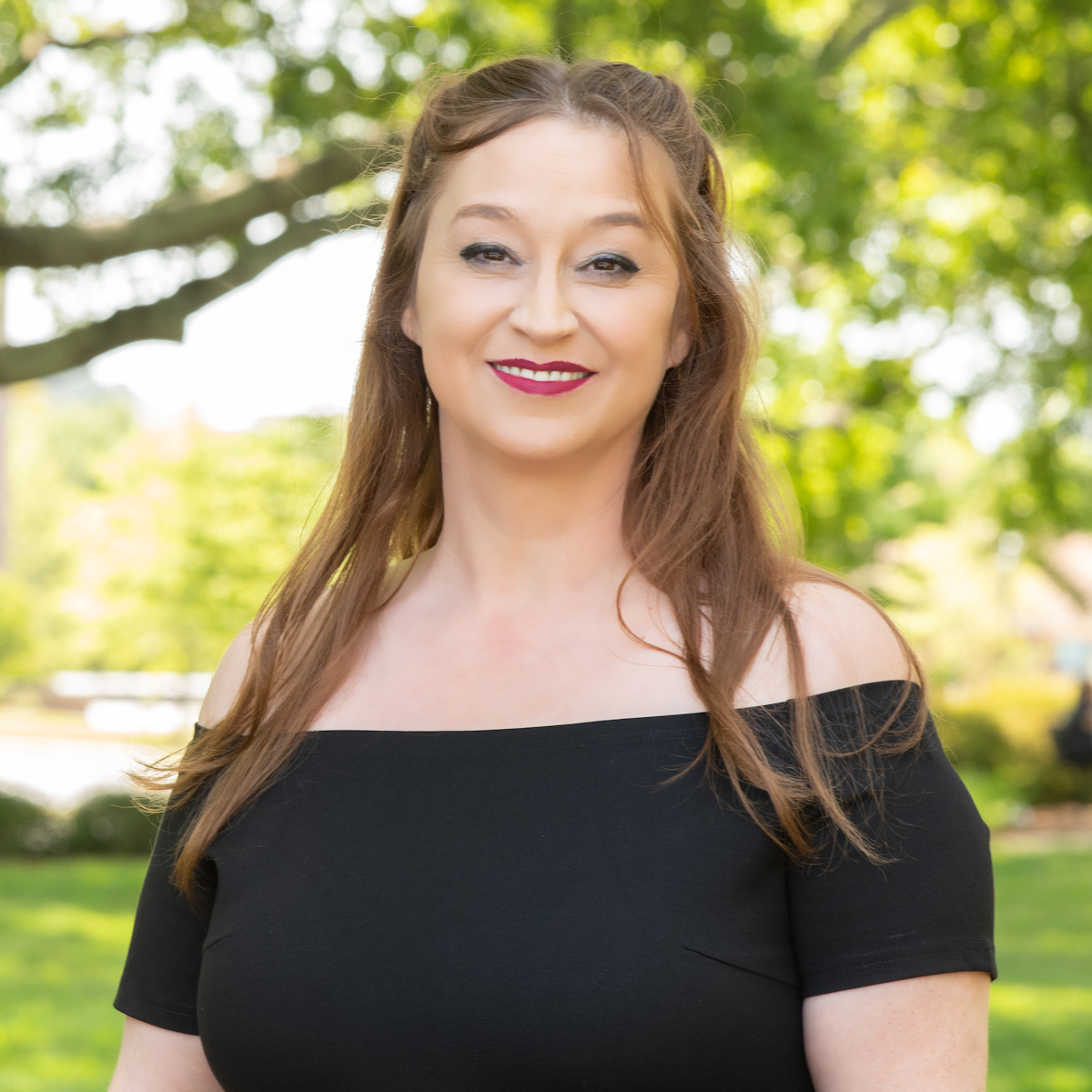During the second week of May 2021, Leola Benefield, then 44, was asleep when she “woke straight up” with what she describes as a “terrible pain in between my shoulder blades.” She immediately went to the bathroom and threw up. And she knew something was very wrong.
 “I called my sister-in-law and asked her to come over and take me to the hospital,” said Benefield, who instinctively knew she probably shouldn’t drive from her home in Ranburne, Alabama, to Higgins General Hospital in Bremen, Georgia.
“I called my sister-in-law and asked her to come over and take me to the hospital,” said Benefield, who instinctively knew she probably shouldn’t drive from her home in Ranburne, Alabama, to Higgins General Hospital in Bremen, Georgia.
In the emergency department, hospital staff recognized the signs of a heart attack from her description of the pain that had woken her up. They did an EKG, which was inconclusive since Benefield was no longer experiencing symptoms by then. But a blood analysis showed that she had indeed had a heart attack, so she was sent to the Tanner Heart and Vascular Center at Tanner Medical Center/Villa Rica by ambulance.
Benefield remembers meeting with cardiologist Mujeeb Jan, MD, who determined that she should have a stent for better blood flow and to prevent another heart attack.
“Ms. Benefield presented with the classic symptoms of a heart attack,” said Dr. Jan. “The best test was to go ahead with urgent heart catheterization to find the culprit blockage of her heart arteries.”
At the Tanner Heart and Vascular Center, interventional cardiologist Shazib Khawaja, MD, performed an outpatient angioplasty and found that she did need a stent. Later that same day, she headed home in the care of a friend Derrick Benefield, feeling relieved to have a shiny new stent — even if all she could see and feel was the bandaged small cut where the catheter had been inserted.
During a follow up appointment, Dr. Jan prescribed Brilinta, a medicine that helps to decrease the risk of a future heart attack and stroke. He also stressed the importance of making the lifestyle changes — eating a much healthier diet, stopping smoking and gradually increasing in exercise — that he’d already mentioned during their first meeting.
“It has been shown that physical activity and nutrition are the cornerstones of lifestyle management in cardiovascular disease prevention,” said Dr. Jan. “I advised this patient about physical activity based on the 2019 American College of Cardiology/American Heart Association Guideline on the Primary Prevention of Cardiovascular Disease, which recommends working up to at least 150 minutes of moderate activity or 75 minutes of strenuous activity, or some combination of the two, each week.”
Dr. Jan also recommended that guideline’s diet based on eating more whole grains, fruits and vegetables, while vastly reducing the intake of saturated fat, processed meat/foods and sodium.
Benefield left that appointment with a newfound inner drive to make the lifestyle changes Dr. Jan prescribed.
“I have a 14-year-old, a 25-year-old and three grandbabies,” said Benefield. “And I thought, I want to watch them grow up.”
The first thing she did was quit smoking — cold turkey. This was not easy or inconsequential for the almost two-pack-a-day smoker.
“I knew if I didn’t do something, I was going to die young,” said Benefield. “So I changed my entire lifestyle.”
In addition to stopping smoking, she began a Dr. Jan-approved diet that included drastically reducing her sodium intake, almost eliminating sugar from her diet, eating only baked or grilled fish and chicken for protein (no beef or pork), and adding exercise to her routine.
“For the first three months, I was only allowed to do 10 minutes of exercise a day,” said Benefield. “Then Dr. Jan increased it to 30 minutes a day for the next six months.”
She started out just walking to get her heart rate up, under instruction from Dr. Jan to sit down if she experienced any chest pains, take nitroglycerin and head to the nearest hospital. She never needed to.
In fact, Benefield said the hardest thing about the year since her heart attack has been having to watch YouTube videos in order to help her teen student with math.
“I am not a teacher. I love math the old way, but trying to help my teen with Common Core has been the hardest thing I’ve ever had to learn,” said Benefield. “Common Core is so confusing. It made the last year of COVID-19 feel very stressful.”
Now that she is allowed to do 45 minutes of exercise a day, Benefield still does a lot of walking but yoga has also become a passion — not just for the exercise but also to reduce her stress. She loves that anyone at any fitness level can do yoga and credits it with improving her balance. She uses the “Yoga to Go” app to practice yoga in her own home.
Benefield, who will be 46 in September, has lost 22 pounds and counting since her lifestyle changes. She is happy with her progress even though she may not make her one-year weight loss goal of 165 by the anniversary of her heart attack. Undiscouraged, she is taking the slow and steady approach and is confident that she will reach her goal at some point in the near future.
What she won’t do is go back to her old eating habits or sedentary lifestyle.
“I plan on doing a lot more of my hobbies and outdoor activities this summer,” said Benefield. “I look forward to fishing and hiking, two things I really enjoy doing.”
And she isn’t alone in her lifestyle change journey. Benefield is proud that her friend Derrick, who she credits with being a supporter and large contributor to her success in quitting smoking and losing weight, has adopted her dietary changes and has also lost a significant amount of weight.